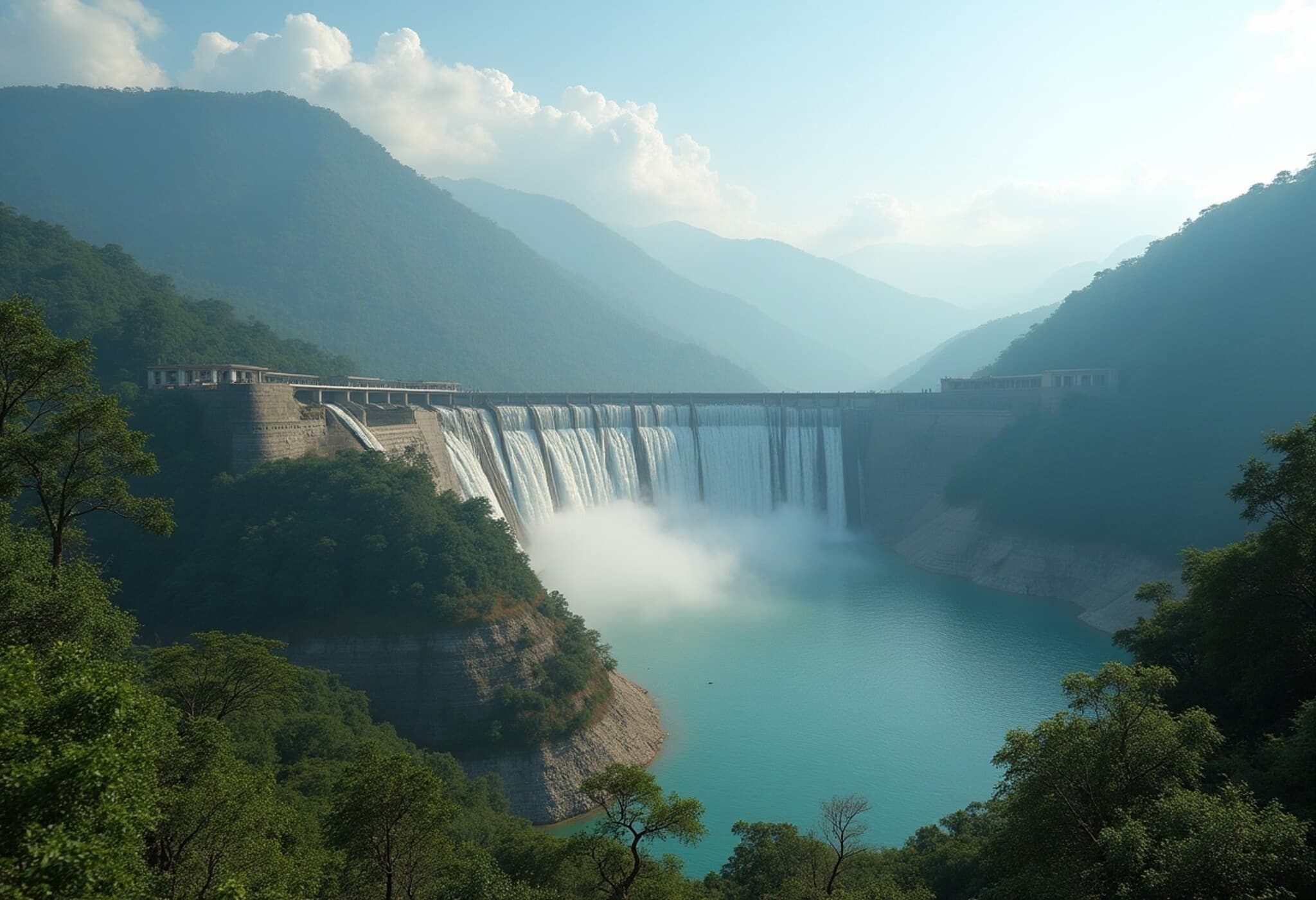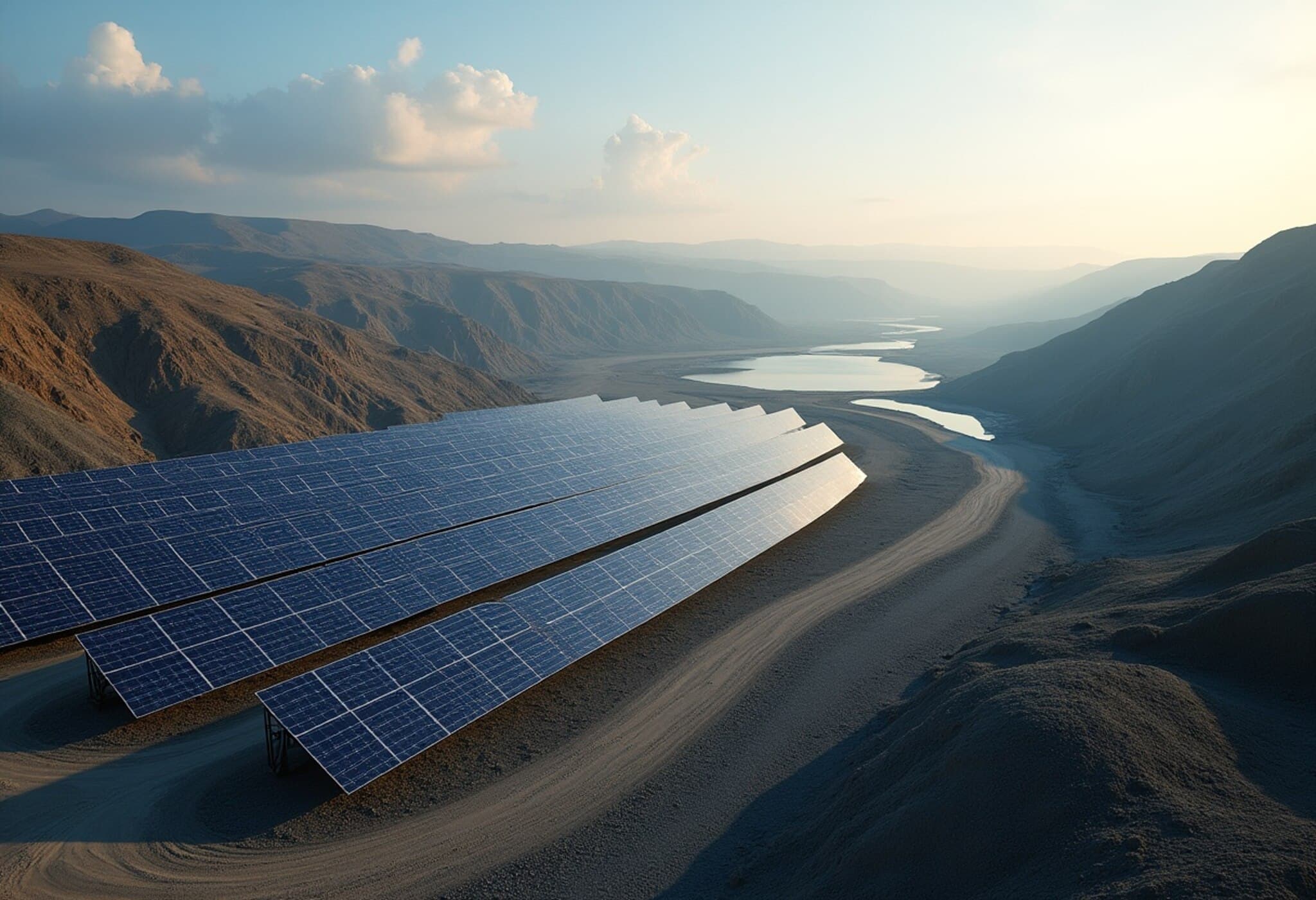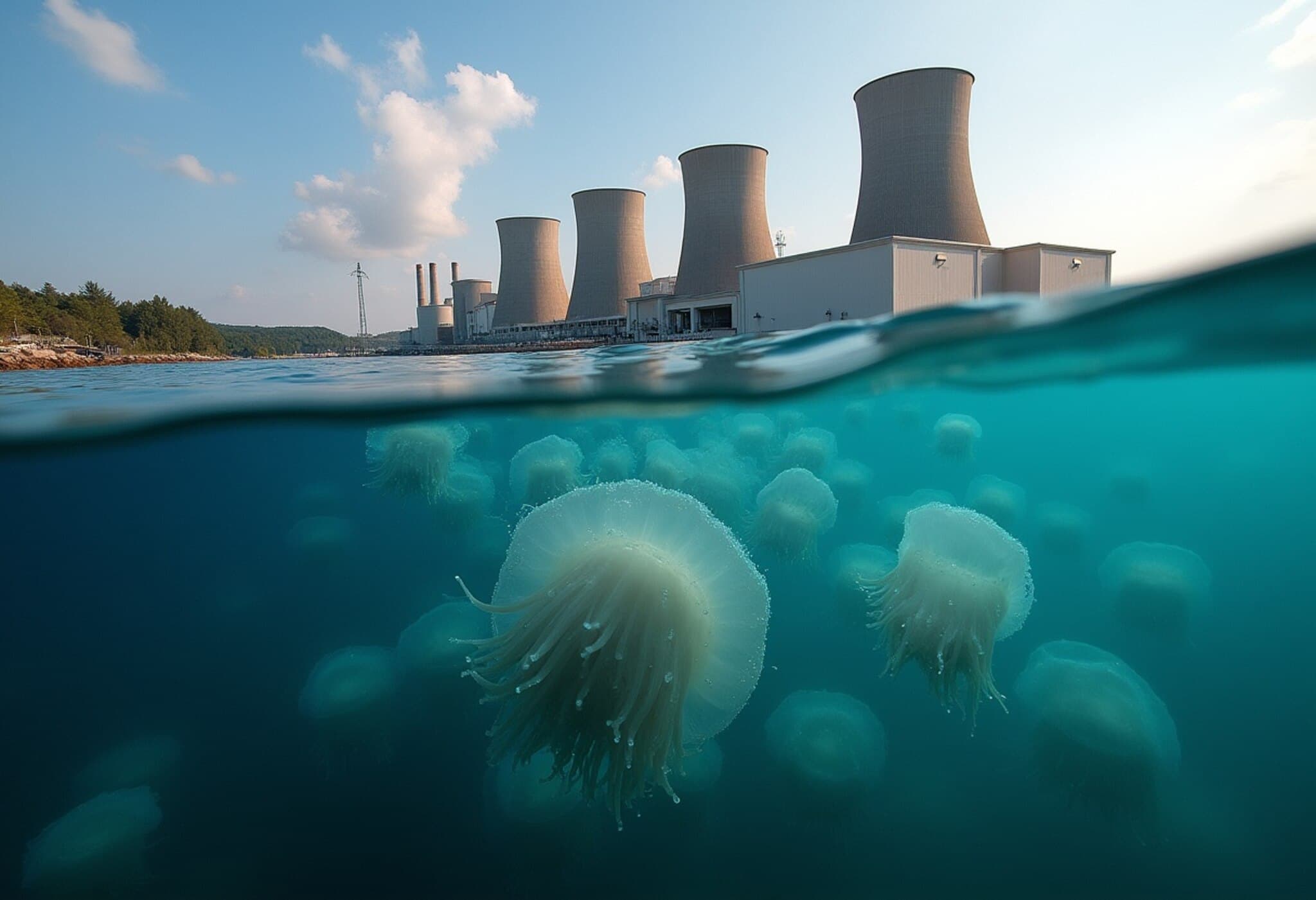India Evaluates Environmental Clearance for Etalin Hydroelectric Project in Arunachal Pradesh
In a strategic move coming just days after China commenced construction on the world's largest hydroelectric dam, India’s Union environment ministry is set to reassess the environmental clearance for the 3,087-MW Etalin hydropower project in the ecologically sensitive Dibang Valley of Arunachal Pradesh. This step underscores India's growing focus on renewable energy infrastructure while balancing complex environmental and social factors.
Etalin Project Overview: A Run-of-the-River Ambition
Conceptualized as a run-of-the-river project, Etalin involves constructing concrete gravity dams on two tributaries—the Dri and Talo rivers—which feed into the Dibang River, itself a tributary of the mighty Brahmaputra. Unlike traditional dams, run-of-the-river projects typically minimize large scale water storage; however, Etalin's scale is significant, positioning it as potentially the largest such project in the country.
The project’s design includes diverting water through separate waterways, harnessing the river's kinetic energy to generate power. Satluj Jal Vidyut Nigam Limited (SJVN), the project developer, previously received an environmental clearance recommendation in 2017 from the ministry’s expert appraisal committee (EAC) but is now subject to re-evaluation following recent developments.
Ecological Sensitivities and Forest Land Diversion
On June 20, the ministry approved the diversion of approximately 1,175 hectares of rich, biodiverse forest comprising subtropical pine, wet evergreen, semi-evergreen, temperate montane, and alpine scrub ecosystems. This forest area, primarily community-owned, is home to a wide array of wildlife and plant species — many critical to the region’s ecological balance.
The project necessitates felling roughly 270,000 trees, intensifying concerns around long-term impacts on biodiversity and forest-dependent communities. The environmental stakes are high, considering the role these forests play in sustaining local livelihoods and maintaining ecological equilibrium.
Legal and Procedural Hurdles: Revisiting Old Assessments
A key procedural issue arises from the fact that forest clearance was formally granted only recently, despite initial environmental clearance recommendations dating back more than three years. Ministry mandates require environmental impact assessments (EIA) to be based on data not older than three years, prompting the EAC to potentially demand updated assessments or fresh public hearings.
SJVN has proactively submitted updated baseline environmental data gathered during winter 2024 and pre-monsoon 2025. This data compares with the original 2012 survey to ensure relevance and accuracy for ongoing assessments.
Adding complexity, the forest advisory committee rejected an earlier forest approval in 2022 due to unresolved concerns over wildlife and biodiversity, signaling the heightened scrutiny such mega-projects face.
Socioeconomic Impact: Communities on the Frontline
The project is poised to affect 18 villages and 216 households, primarily through land acquisition necessary for construction. These social ramifications, combined with environmental concerns, highlight the persistent challenge of balancing development goals with community rights and ecological preservation.
Local opposition to related hydropower projects, particularly the proposed 10,000 MW Upper Siang dam, points to growing resistance to displacement and environmental degradation in the northeastern region.
India’s Hydropower Ambitions Against the Backdrop of Regional Competition
India’s pursuit of large-scale hydropower projects like Etalin is part of a broader strategy to augment renewable energy capacity and reduce fossil fuel dependence. The Central Electricity Authority's approval of 13 hydropower projects in Arunachal Pradesh, totaling nearly 13,800 MW, showcases the government's aggressive push.
This drive, however, is increasingly framed within the geopolitical context of China’s hydropower expansion along transboundary rivers such as the Yarlung Zangbo (Brahmaputra upstream), underscoring shared ecological vulnerabilities and water security challenges.
Expert Insight: Navigating Complex Trade-offs
Energy policy specialists emphasize the need for rigorous, transparent environmental assessments to avoid irreversible ecological damage. The Etalin project embodies a quintessential dilemma in sustainable development: achieving ambitious green energy goals while safeguarding fragile ecosystems and respecting local communities’ rights.
From a legal standpoint, compliance with India’s evolving environmental governance norms, including thorough public consultations and updated impact data, will be critical. Moreover, broader regional cooperation on water management could mitigate transboundary tensions over river use and ecological preservation.
Looking Ahead: What to Watch
- Will the environment ministry demand further revisions to Etalin’s environmental management plan based on the new data?
- How will community voices from affected villages be incorporated in the decision-making process?
- Can India’s hydropower expansion model balance rapid development with ecological and social sustainability?
- What steps will be taken to coordinate water sharing and dam operation policies with upstream countries, particularly China?
Editor’s Note
The Etalin hydroelectric project encapsulates the tightrope walk between India’s pressing energy needs and the imperative to protect its ecological heritage and community well-being. As the government re-examines the project’s environmental clearance, it is crucial to foster a transparent process that integrates scientific rigor, local participation, and regional cooperation. Only through such a balanced approach can hydroelectric power realize its potential as a green energy cornerstone without becoming a catalyst for environmental or social conflict.













